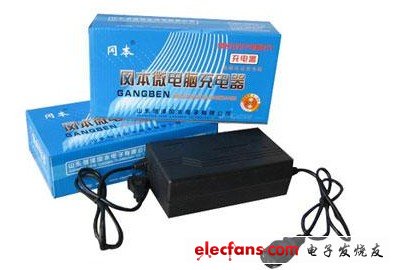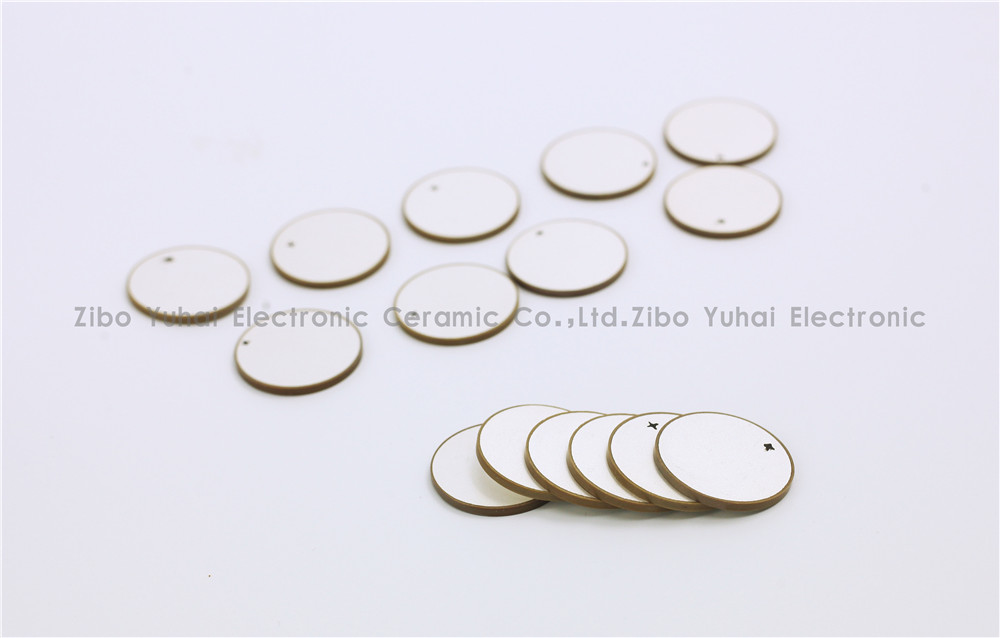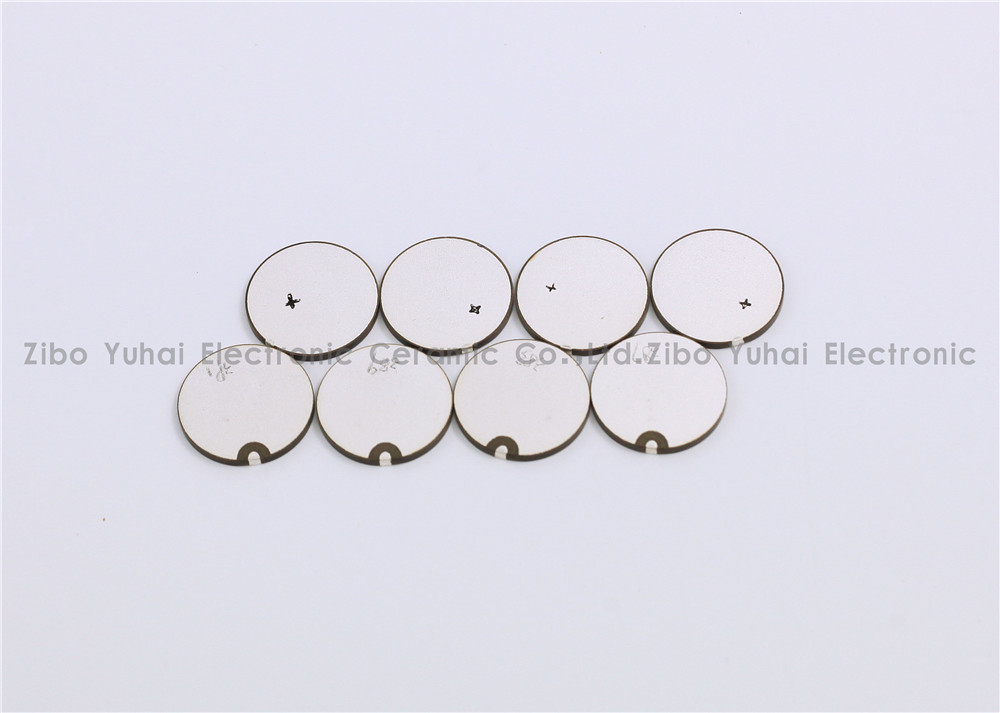Electric vehicles have entered our lives with the advantages of convenient travel, low carbon and environmental protection, but its high charger failure rate is a headache. For this reason, based on years of repair experience, I have summarized the maintenance methods for common faults of turtle car chargers for your reference.

Common fault repair
Since the input circuit of the electric vehicle charger works in a state of high voltage and too high current, the failure rate is the highest. Such as high-voltage large-current rectifier transistors, filter capacitors, switching power tubes, etc .; the second most vulnerable are the rectifier diodes, protection diodes, filter capacitors, current limiting resistors, etc. of the output rectification part; and then the feedback part and the pulse width modulation controller Protection circuit part.
1. Fuse tube blown
In general, a blown fuse tube indicates that there is a short circuit or overcurrent fault in the internal circuit of the charger. This is due to the high failure rate of internal devices due to the high voltage and high current of the charger working for a long time. In addition, the fluctuation of the grid voltage and the surge will cause the current in the charger to increase instantly and cause the fuse to blow.
Maintenance method: First carefully check each component on the circuit board to see if the appearance of these components is burnt or there is electrolyte overflow, smell-smell. Then measure the resistance value at the input end of the power supply, if it is less than 20OkΩ, it means that there is a local short circuit phenomenon at the back end, and then measure the positive and negative resistance values ​​of the four rectifier diodes and the resistance values ​​of the two current limiting resistors to see if there is a short circuit or burnout Finally, measure whether the power supply filter capacitor can be normally charged and discharged, whether the switching power tube is damaged, whether the UC3842 and surrounding components are broken, burned, etc. It should be noted that, because it is measured on the road, the measurement results may be wrong or cause misjudgment, so the components can be soldered down and measured if necessary. If the above situation still does not exist, measure whether the input power cord and output power cord are internally short-circuited. In general, in the fuse blowout fault, the rectifier diode, power supply filter capacitor, switching power tube, UC3842 are wearing parts, the probability of damage can reach more than 95%, it is easy to eliminate the fault by focusing on these components.
2. No DC voltage output or unstable voltage output
If the fuse is intact, under lazy load. The main reasons for this type of fault are: open circuit and short circuit in the overvoltage and overcurrent protection circuits; the tuberculosis circuit is not working; the power load is too heavy, and the rectifier diode in the high-frequency rectifier filter circuit is broken: the filter capacitor leaks.
Maintenance method: first, use a multimeter to measure whether the various components of the high-frequency pulse transformer are damaged: after eliminating the breakdown of the high-frequency rectifier diode and the short circuit of the load, then measure the DC voltage of each output terminal, if the output is still zero at this time , You can be sure that the control circuit of the power supply has failed, and finally use a multimeter to statically measure whether the rectifier diode and low-voltage filter capacitor in the high-frequency filter circuit are damaged. If the above components are damaged, replace the new components, the general fault can be eliminated . However, it should be noted that the output line is broken or unsoldered or welded, which will also cause this kind of failure. Pay attention to this situation during maintenance.
3. No DC voltage output, but the fuse wire is intact
This phenomenon indicates that the charger is not working, or has entered the protection state after working.
Repair method: first of all, it should be judged whether the charger's variable control chip UC3842 is in the state of king work or has been damaged. The specific judgment method is: power on and measure the voltage of pin 7 of UC3842 to ground. If the voltage of pin 7 is normal and the voltage of pin 8 is + 5∨, the voltage of pins 1, 2, 4, and 6 will also be different. , UC3842 is basically normal. If the voltage of pin 7 is low, and the remaining pins have no voltage, it means that UC3842 is damaged. The most common damages are 7-to-ground breakdown, 6, 7-to-ground breakdown and 1, 7-to-ground breakdown. If these feet are not broken down, and the charger still can not start normally, it also means that UC3842 is damaged and should be replaced directly. If it is judged that the chip is not damaged, then check whether the current-limiting resistance of the gate of the switch is opened, virtual welded or changed, and whether the switching power tube itself has poor performance. In addition to this, broken or bad contact of the power supply output line will also cause this kind of failure, so care should also be taken during maintenance.
4. DC voltage output is too high
This kind of failure is often caused by the abnormality of the voltage regulation sampling and voltage regulation control circuit. In the charger, the DC output, sampling resistance, error sampling amplifier, optocoupler, power control chip, etc. form a closed control loop. , Any problem will cause the voltage to rise.
Maintenance method: Because the charger has an overvoltage protection circuit, the output voltage is too high will first cause the overvoltage protection circuit to operate. Therefore, when encountering such a fault, we can disconnect the overvoltage protection circuit to make this voltage protection circuit ineffective, and then measure the main voltage of the power supply at the instant of startup. If the measured value is higher than the normal value by more than 1V, it means that the cause of the high output voltage is indeed in the control loop. At this time, it is important to check whether the sampling resistance has changed or is damaged, and whether the precision reference voltage source (TL431) or optocoupler (PC817) has poor performance, deterioration, or damage. Among them, the precision reference voltage source (TL431) is very easy to damage. We can use the following methods to distinguish the precision voltage regulator amplifier: connect the reference terminal (Ref) of TL431 to its cathode (Cathode), connect a resistance of 1OkΩ, and connect it to 5 ∨Voltage. If it is 2.5V between the anode and the cathode, and it is still 2.5∨ after waiting for a while, it is a good tube, otherwise it is a bad tube.
5. DC voltage output is too low
According to maintenance experience, in addition to the voltage regulator control circuit will cause the output voltage to be too low, there are the following reasons:
(1) The rectification of the output voltage terminal and the failure of the filter capacitor can be judged by the substitution method.
(2) The performance of the switching power tube is reduced, causing the switching tube to fail to conduct normally, which increases the internal resistance of the power supply and reduces the ability to carry the load.
(3) The source of the switching power tube is usually connected to a resistor with a small resistance but a large power, which is used as an overcurrent protection resistor. The resistance of this resistor is generally 0.2 to 0.8 Ω. If the resistance changes or the soldering or poor contact will also cause the output voltage to be too low.
(4) Defective high-frequency pulse transformers not only cause a drop in the output stride voltage, but also cause insufficient excitation of the switching power tube and damage the switching tube repeatedly.
(5) The high-voltage DC filter capacitor is bad, resulting in poor load capacity of the power supply.
(6) Poor contact of the power supply output line, with a certain contact resistance, causing the output voltage to be too low.
(7) The grid voltage is too low. Although the charger can still output the rated charging voltage under low temperature, when the grid voltage is lower than the minimum voltage limit of the charger, the output voltage will be too low.
Maintenance method: first check with a multimeter-whether the lower high-voltage DC filter capacitor has deteriorated, whether the capacity has declined, and whether it can be charged and discharged normally. If there is no above problem, then measure the current-limiting resistance of the electrode of the switching power tube and the overcurrent protection of the source to check whether the resistance has changed, deteriorated, or open welding, or poor contact. If there is no problem, check again-whether the iron core of the high frequency transformer is intact. In addition to this, it is also possible that the output filter capacitor capacity is reduced, or open welding, virtual connection; power output current limiting resistance change value or virtual connection; power output line virtual connection, etc.
Don't let these hardships go, check them carefully to make sure nothing is lost.
6. The cooling fan does not rotate
The main cause of this failure is mainly the damage to the triode (generally 8550 or 8050) that controls the fan, or the fan itself is damaged or the fan blades are stuck by debris. However, some chargers use smart heat dissipation. For chargers that use this method of heat dissipation, the probability of thermistor damage is very high.
Maintenance method: first use a multimeter to measure whether the triode controlling the fan is damaged. If the tube is not damaged, it may be that the fan itself is damaged. You can unplug the fan from the circuit board and connect a 12V DC power supply. (Pay attention to the positive and negative poles), to see whether it rotates, but also to see if there are foreign objects stuck. If you swing the wire of the fan, the fan will rotate, indicating that there is a broken wire in the wire or the connector is not in good contact. If it still does not rotate, the fan must be broken. For a charger that uses smart heat dissipation, in addition to the above inspection, you should also check whether the thermistor is in poor contact or damaged, open welding, etc. However, it should be noted that this thermistor has a negative temperature coefficient and should be noted when replacing.
Piezoelectric ceramic disc
Quick delivery
High performance
Application: flow meter measurement
There are many kinds of USF used in closed pipeline according to the measuring principle, and the most commonly used are propagation time method and Doppler method. Among them, time difference ultrasonic flowmeter is used to measure fluid flow by the principle that the time difference of sound wave propagating downstream and countercurrent is proportional to the velocity of fluid flow. It is widely used in raw water measurement of rivers, rivers and reservoirs, process flow detection of petrochemical products, water consumption measurement of production process and other fields. According to practical application, time-difference ultrasonic flowmeter can be divided into portable time-difference ultrasonic flowmeter, fixed time-difference ultrasonic flowmeter and time-difference gas ultrasonic flowmeter.
Ultrasonic flow-meters use at least two transducers aligned so that ultrasonic pulses travel across the flow of liquid or gas in a pipe at a known angle to the flow.
Technical data:
Electromechanical coupling coefficient Kp: > 0.62
Dielectric Loss tg δ: <2%
Nominal Piezo discs for ultrasonic flowmeter:
OD14.2*1MHz PZT-51
OD14.6*1MHz PZT-51
OD15*1MHz PSnN-5
OD15*2MHz PSnN-5
OD20*1MHz PSnN-5OD20*2MHz PSnN-5
OD15*1MHz PZT-51
OD15*2MHz PZT-51
OD20*1MHz PZT-51OD20*2MHz PZT-51
Size, Frequency and Electrode on request.


Piezoelectric Discs For Flowmeter Sensor
Piezoelectric Ceramic Disc,Piezoelectric Discs For Flowmeter Sensor
Zibo Yuhai Electronic Ceramic Co., Ltd. , https://www.yhpiezo.com